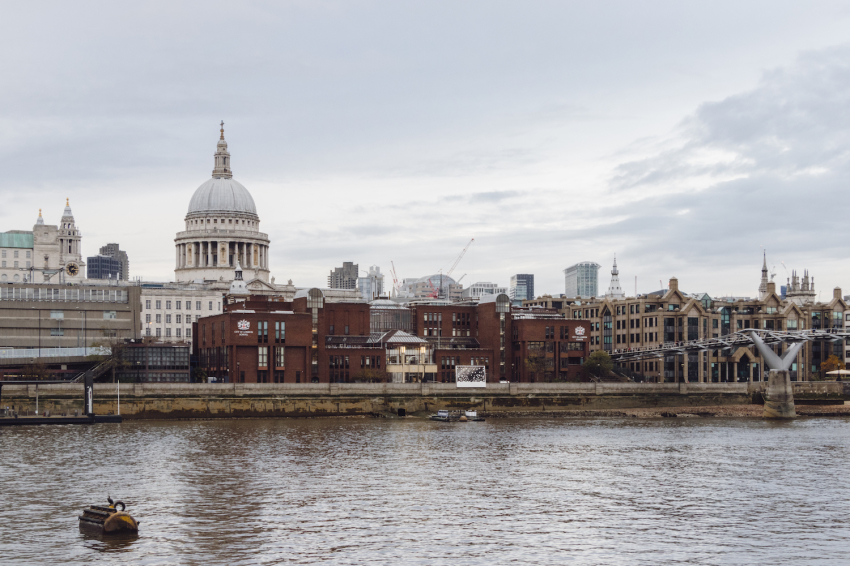300 years after his death, the enduring legacy of Sir Christopher Wren

Commemorations are underway for the 300th anniversary of the death of a man whose church architecture has stood the test of time.
While not a household name on these shores, Sir Christopher Wren, who died at the age of 90, on Feb. 25, 1732, remains a hugely consequential figure across the pond.
Wren was the architect largely responsible for rebuilding London after the Great Fire of 1666 destroyed much of the city and its environs. Among the destruction were 13,200 houses and 87 churches, including St. Paul’s Cathedral.
Notably, the dozens of churches that were rebuilt after the conflagration came during a time when the established Protestantism of England’s state church — what is today called the Church of England and informally known as the Anglican church — was far from a settled question.
While the Reformation had occurred more than century earlier, divisions among Protestants over forms of ecclesiastical polity — presbyterianism, congregationalism and episcopacy — ran deep. The English Civil War and the subsequent Interregnum were fresh memories. In fact, the monarchy under Charles II had just been restored. Then there was the perceived threat of a return to Roman Catholicism.
Of the churches rebuilt by Wren, an amateur architect whose schooling was actually in mathematics and astronomy, St. Paul’s Cathedral with its English baroque style is without question the showpiece.
As with any proper cathedral, St. Paul’s is a cathedral because it contains the throne or cathedra of a bishop.
In this case, the bishop is the Anglican bishop of London — a bishopric that dates to the early seventh century. The holder of the see is, by custom, the third-ranking prelate in the English hierarchy behind only the archbishops of Canterbury and York.
But beyond the stately cathedral, which still defines London’s skyline, are the spires of Wren’s parish churches, including many that were meticulously restored to their original design after the Nazi bombing of World War II.

Some of this columnist’s favorites include St. James Garlickhythe (Sunday services at 8:30 a.m. and 10:30 a.m.) and St. Benet's, the latter of which is considered the best-surviving example of Wren’s work and today houses a Welsh-speaking Anglican congregation (Sunday service at 11 a.m.). Another superb example is the Chapel of St. Peter & St. Paul in Greenwich, which is just outside the actual city of London.
Closer to home, no passport is required to visit the Church of St. Mary the Virgin, Aldermanbury.
Designed by Wren, the interior was destroyed during the Blitz of 1940. The surviving walls were taken apart stone-by-stone and transported to, of all places, Westminster College in Fulton, Missouri, where the church was rebuilt in a style faithful to Wren’s design.
Then there’s the Wren Building on the campus of the College of William & Mary in Williamsburg, Virginia.
Despite its name, the attribution to Wren has never been proved. Still, the small chapel within the building features a design consistent with Wren’s known churches.
If you go
A 90-minute walking tour of some Wren’s churches is offered by the City of London Guide Lecturers Association every Tuesday at 11 a.m. Tickets cost £12 (about $14.30 at the time of writing).
In London, book a room at Vintry & Mercer. The upscale, 92-room boutique hotel has an unbeatable location right next to St. James Garlickhythe.
Full programming for the tercentenary of Wren’s death can be found at the website of Wren 300.
Dennis Lennox writes a travel column for The Christian Post.
Dennis Lennox writes about travel, politics and religious affairs. He has been published in the Financial Times, Independent, The Detroit News, Toronto Sun and other publications. Follow @dennislennox on Twitter.



























